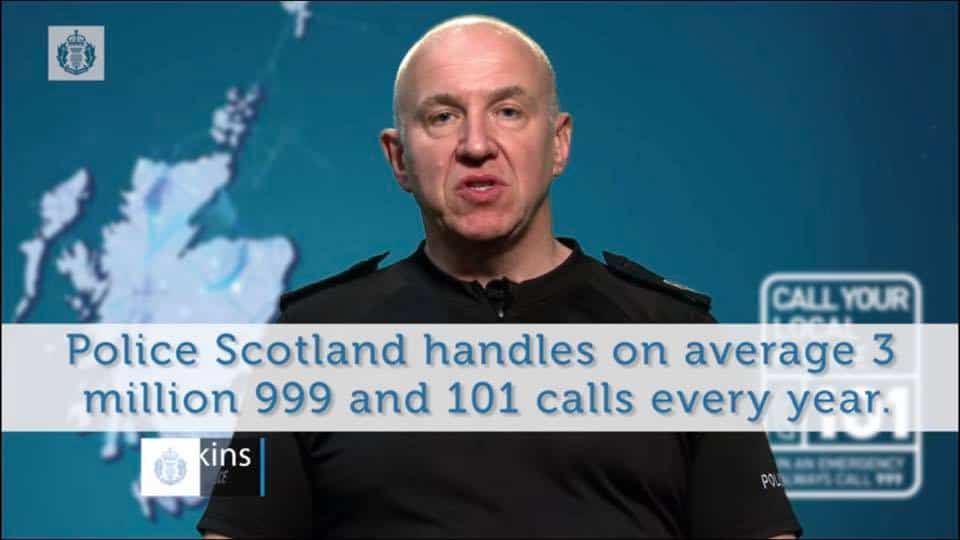Police Scotland is introducing a new way of assessing calls to its 101 and 999 service to improve the way we respond to contact from the public.
Frontline staff and police officers in our service centre and police offices are undergoing specialist training to make an enhanced assessment of threat, risk, harm and vulnerability for everyone who contacts the service.
The information provided through this enhanced assessment will be used to determine the most appropriate and proportionate police response when we are contacted by a member of the public.
These proposals follow extensive engagement with the Scottish Police Authority (SPA), elected members and other key stakeholders. Oversight and scrutiny of the implementation of CAM will be provided by the Scottish Police Authority (SPA) Governance and Assurance Group.
Assistant Chief Constable John Hawkins, who has strategic responsibility for Contact, Command and Control said: “Every caller is different and our response should be too. The new approach will ensure we can provide better service to the public by taking more information from the caller so that we can make a more robust assessment of risk, threat and harm and vulnerability.
“The new model will also increase our ability to despatch police officers to urgent incidents, which means we can get to the people who need us most, when they need us most.
“Our current response to calls to the 101 and 999 service is based on pre-determined policies, procedures and system grading. Effectively it is a ‘computer says go’ approach to how we respond to calls. However, this does not mean it is the right response for every individual, and in some cases we have to send officers when the caller does not want us to do this.
“Rather than having a ‘one size fits all’ approach to certain types of calls, under the new approach, service advisers will take into account the needs and circumstances of everyone who contacts us.
“This means that we might deal with the same type of call differently depending on the needs of the caller, after assessing their vulnerability and the risk posed to them.
“For example, we might send officers if an elderly person calls to report that their garden shed has been broken into, but someone who is in a less vulnerable situation may actually request that we set up an appointment at their convenience or that an officer calls them back.
“When you contact Police Scotland, the first thing we will do is make sure you are safe. Our focus is, and always will be, to protect the public and the most vulnerable in our communities. That won’t change.”
This new approach will be introduced in phases, starting with Lanarkshire, and Dumfries and Galloway in summer 2019, prior to a proposed roll out across Scotland.
Scottish Police Authority Board member Mary Pitcaithly said: “A key part of the Authority’s responsibility is to ensure that there is the right investment and support for change in the way policing responds to the public when they need support and assistance.
“With demands on the service changing rapidly, especially in addressing vulnerability, it is vital that policing adapts its approaches and forges new partnerships to improve the outcomes for people in need.
“Of course, major changes also need to be well prepared for, well-managed, and well communicated and the approach being put in place for this initiative is designed to ensure we build on experience and strengthen both implementation and oversight.”
The new method of assessing calls is the next step in the development of call handling services and was a recommendation made by HMICS in their 2015 Independent Assurance Review into Police Scotland call handling in which it recommended that Police Scotland adopt a more formalised risk and vulnerability assessment model for service advisors.





